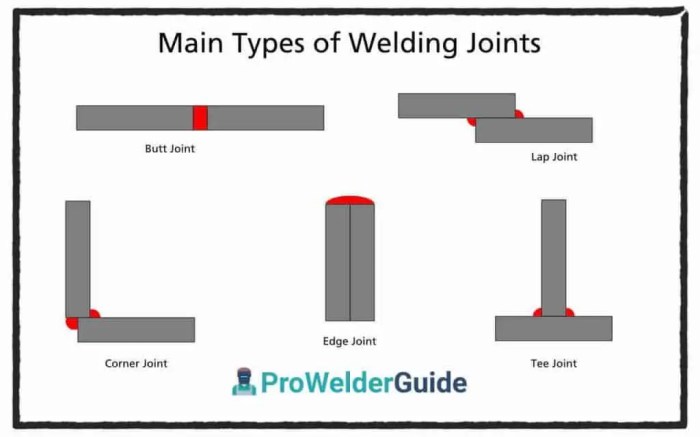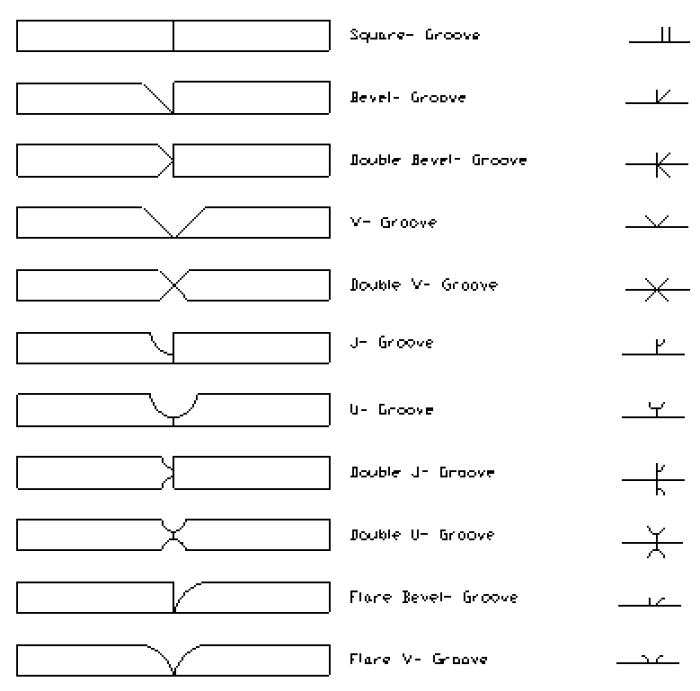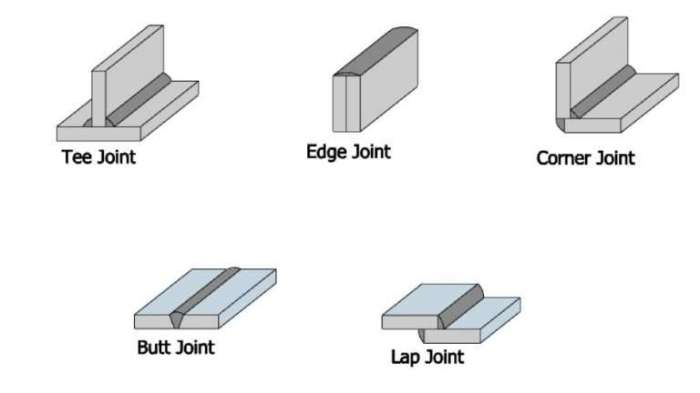Which of the following is true of mild steel welds? Delving into the intricacies of mild steel welds, this article unveils their characteristics, performance, and factors influencing their properties. From tensile strength to corrosion resistance, we explore the nuances of these welds, shedding light on their significance in various applications.
Mild steel welds exhibit unique properties that set them apart from the base metal. Their strength, ductility, toughness, corrosion resistance, and fatigue strength are influenced by a multitude of factors, including welding technique, heat input, and filler metal selection. Understanding these properties is crucial for ensuring the integrity and longevity of welded structures.
Weld Strength

Mild steel welds typically have a tensile strength that is comparable to or slightly lower than that of the base metal. However, the weld strength can be affected by a number of factors, including the welding technique, heat input, and filler metal selection.
For example, welds made with a high heat input can experience a reduction in tensile strength due to the formation of a coarse-grained microstructure. Similarly, welds made with a poor welding technique, such as excessive weaving or lack of penetration, can also have a reduced tensile strength.
Weld Ductility
The ductility of a weld refers to its ability to deform plastically before fracture. Mild steel welds typically have a lower ductility than the base metal, due to the presence of a heat-affected zone (HAZ) adjacent to the weld. The HAZ experiences a change in microstructure and properties during the welding process, which can make it more brittle than the base metal.
The ductility of a weld can be affected by the same factors that affect its strength, such as welding technique, heat input, and filler metal selection. For example, welds made with a high heat input can experience a reduction in ductility due to the formation of a coarse-grained microstructure in the HAZ.
Weld Toughness
Weld toughness is a measure of a weld’s ability to resist fracture under impact loading. Mild steel welds typically have a lower toughness than the base metal, due to the presence of the HAZ. The HAZ can contain microstructural defects, such as inclusions and grain boundaries, which can act as sites for crack initiation and propagation.
The toughness of a weld can be affected by the same factors that affect its strength and ductility. For example, welds made with a high heat input can experience a reduction in toughness due to the formation of a coarse-grained microstructure in the HAZ.
Weld Corrosion Resistance, Which of the following is true of mild steel welds
Mild steel welds typically have a lower corrosion resistance than the base metal, due to the presence of the HAZ. The HAZ can contain microstructural defects, such as inclusions and grain boundaries, which can act as sites for corrosion initiation and propagation.
The corrosion resistance of a weld can be affected by the same factors that affect its strength, ductility, and toughness. For example, welds made with a high heat input can experience a reduction in corrosion resistance due to the formation of a coarse-grained microstructure in the HAZ.
Weld Fatigue Strength
Weld fatigue strength is a measure of a weld’s ability to resist failure under cyclic loading. Mild steel welds typically have a lower fatigue strength than the base metal, due to the presence of the HAZ. The HAZ can contain microstructural defects, such as inclusions and grain boundaries, which can act as sites for fatigue crack initiation and propagation.
The fatigue strength of a weld can be affected by the same factors that affect its strength, ductility, toughness, and corrosion resistance. For example, welds made with a high heat input can experience a reduction in fatigue strength due to the formation of a coarse-grained microstructure in the HAZ.
Essential FAQs: Which Of The Following Is True Of Mild Steel Welds
What is the tensile strength of mild steel welds?
Mild steel welds typically have a tensile strength lower than the base metal, ranging from 400 to 700 MPa.
How does welding technique affect weld ductility?
Improper welding techniques, such as excessive heat input, can reduce weld ductility, making the weld more susceptible to cracking.
What is the importance of weld toughness in mild steel welds?
Weld toughness is crucial for resisting brittle fracture, especially in applications where the weld is subjected to impact or dynamic loading.

